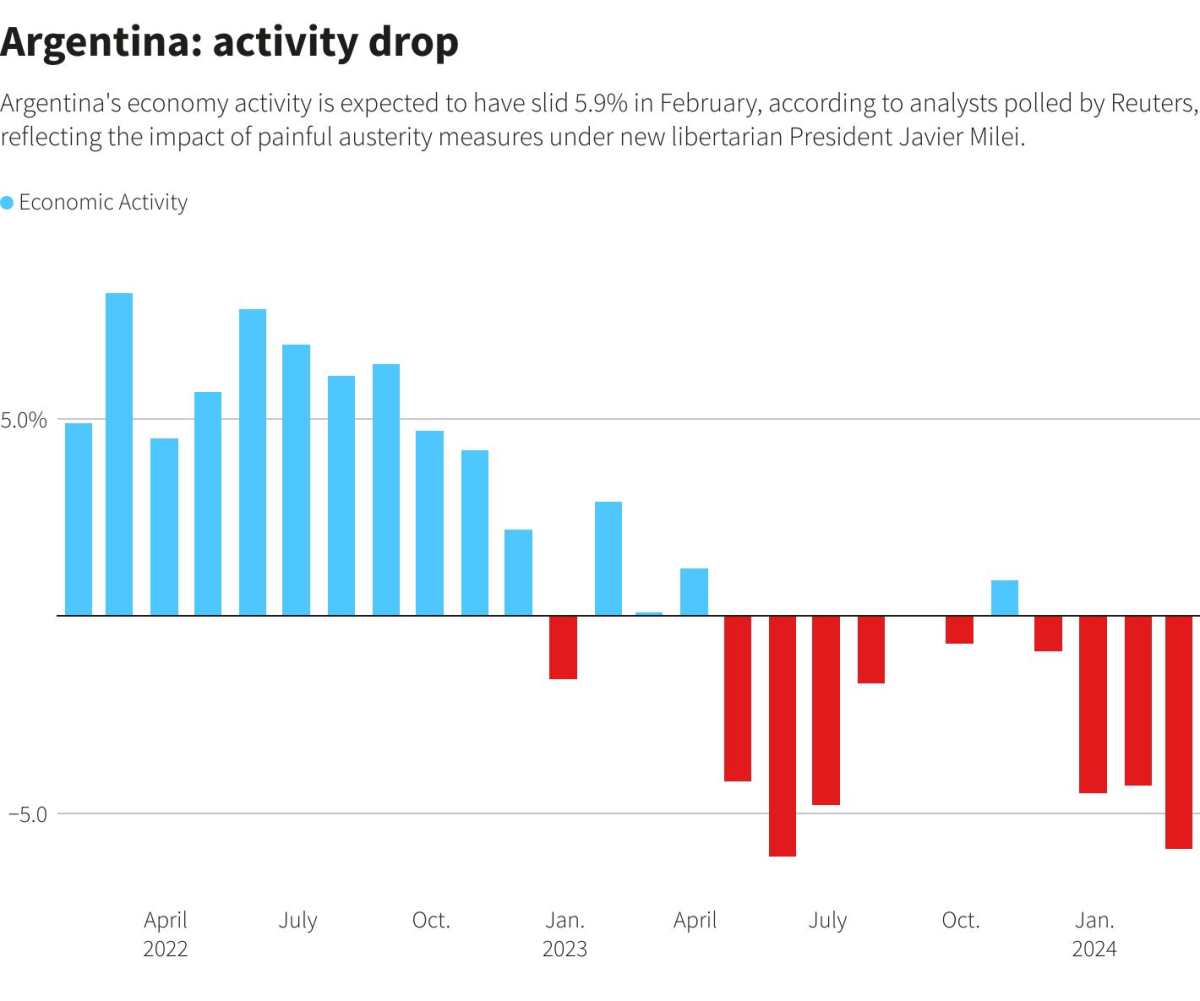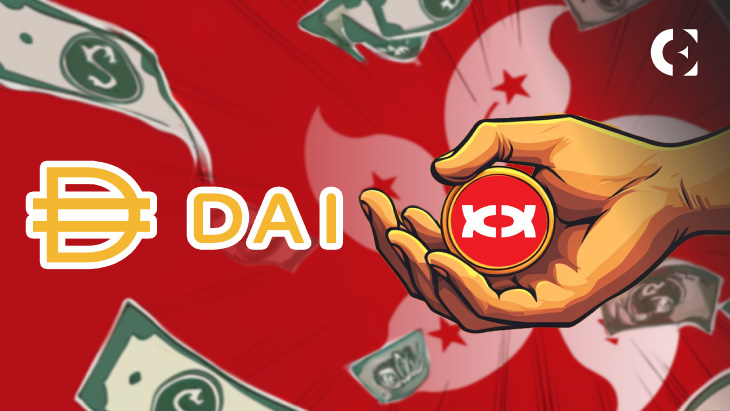The U.S. economy, in a display of resilience and strength, has been handed a significant boost. The preferred inflation measure by U.S. rate setters, the core personal consumption expenditures (PCE) price index, has shown a more substantial than anticipated decline in November. This news has set the stage for positive investor expectations of potential rate cuts in the coming year, painting a hopeful picture for the U.S. economy.
A Dive into Inflation and Market Reactions in the U.S.
In the detailed report from the Bureau of Economic Analysis, the core PCE price index, which is often seen as a more accurate reflection of underlying price pressures by excluding volatile items like food and energy, reported a rise of just 3.2 percent last month. This figure marks a decrease from the revised 3.4 percent in the previous year to October. The month-on-month increase stood at 0.1 percent, aligning with October’s revised figures and falling short of the 0.2 percent economists predicted.
This favorable data spurred a bullish response in the U.S. stock market. The S&P 500 and the Nasdaq Composite saw immediate gains, inching closer to record highs with increases of 0.3 percent and 0.4 percent, respectively. These indices have already witnessed impressive climbs of 24 percent and 44 percent in 2023, reflecting a robust economic recovery.
The bond market also reacted positively, with U.S. government bonds rallying modestly following the PCE report release. The headline figure indicated a month-on-month price fall of 0.1 percent, although it’s not the primary focus of officials due to its susceptibility to significant swings, particularly in goods like fuel.
Looking Ahead: Rate Cuts and Market Predictions
This downturn in inflation has been seen as a beacon of hope, suggesting that the U.S. Federal Reserve’s nearly two-year battle against inflation is bearing fruit. The annual headline PCE dipped to 2.6 percent from 2.9 percent in October, a trend pointing towards a gradual return to the Fed’s 2 percent inflation target.
However, economists, including those at Citi, urge caution. They highlight that while core inflation is easing due to significant disinflation in goods, this might not be a sustainable path to achieving long-term inflation targets. They point to normalization in supply chains and potential disruptions, like those in Red Sea trade, as factors that could introduce new challenges in goods inflation post-pandemic.
The Federal Reserve officials are currently anticipating making three rate cuts next year, ending a series of rate increases that have brought the federal funds target to a 22-year peak of between 5.25 percent and 5.5 percent. While there has been pushback against market bets of cuts as early as March, there is a growing confidence that the U.S. economy will achieve a ‘soft landing,’ with inflation expected to ease back to the 2 percent goal with only a minor rise in unemployment.
On Wall Street, the policy-sensitive two-year yield traded slightly lower at 4.33 percent, and the 10-year yield fell to 3.89 percent. These movements indicate an investor sentiment gearing up for a potentially favorable economic climate.
The U.S. government debt market, signaling a close watch on these developments, planned an early close on Friday. Dean Maki, chief economist at Point72, reflected on the market’s anticipation of the inflation report. According to Maki, while the report did come in on the softer side, it wasn’t as weak as some investors had hoped for.
In essence, the latest data on the U.S. economy and the subsequent market reactions present a picture of cautious optimism. With the potential for rate cuts on the horizon, the U.S. economy seems poised for a significant boost, navigating its way through the challenges of inflation and supply chain disruptions. As we move forward, it remains imperative to keep a close eye on these economic indicators, understanding their implications for both short-term market movements and long-term economic health.





